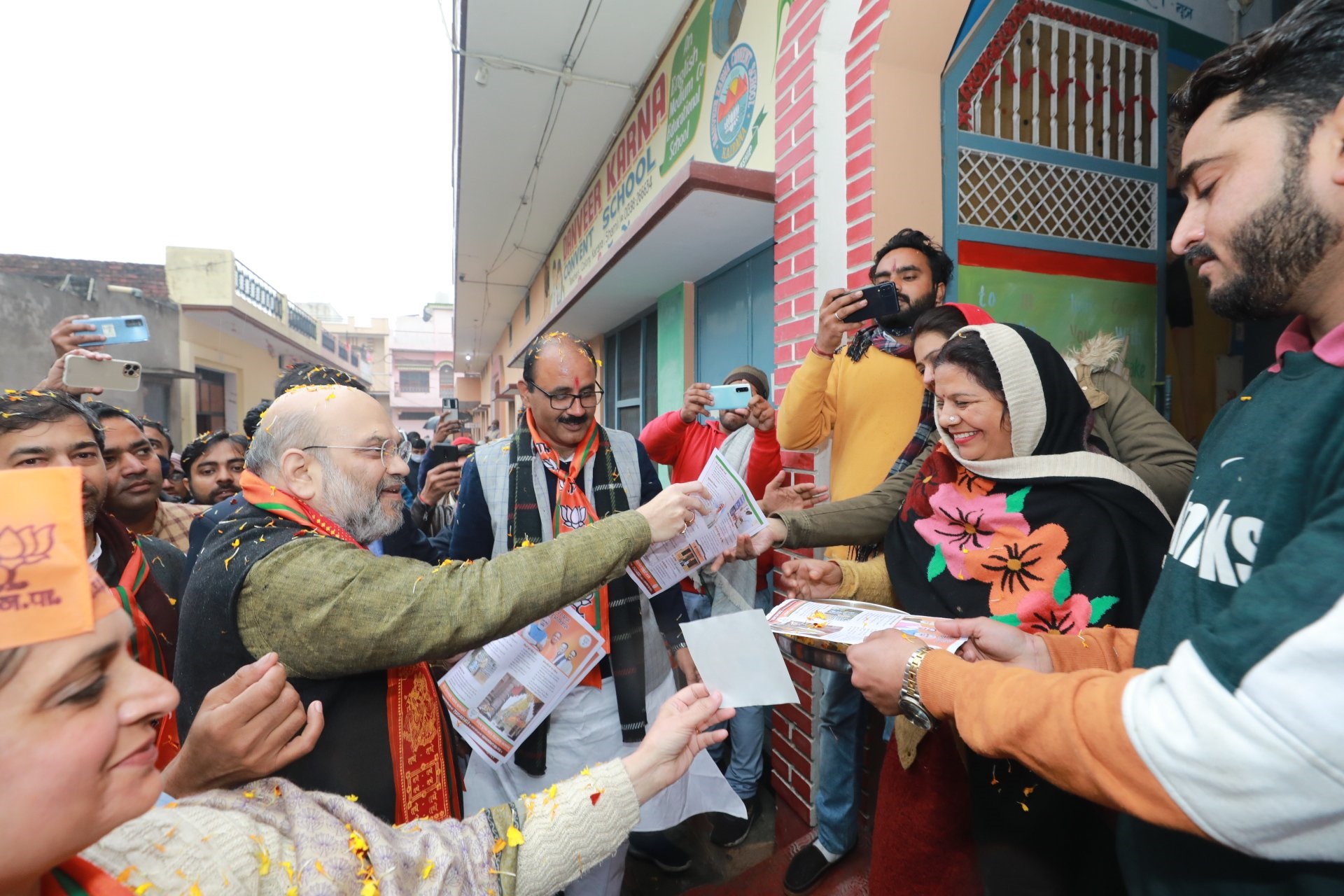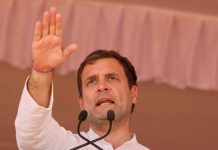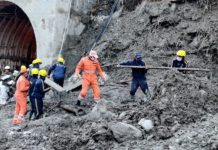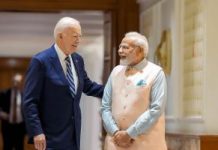
The political churning among the masses has begun without much fun fair due to Covid restrictions with the surge of new Omicron variant infecting large number of population but it is little bit mild as compare to earlier virus.
The election notifications for fourth phase of election covering 231 seats have been issued and process of filing of nomination papers for the third and fourth round would continue till February 1st and 3rd. Political activities are warming up as Uttar Pradesh will go for polling of first phase on 10 February in peripheries of national capital Delhi mainly western parts of the state.
BJP has done extraordinary well in the last elections of 2017 elections because of deep rooted polarisation between Jat-Muslim communities. Popularly known as Jat belt consisting 136 seats out of which BJP secured 109 seats whereas Samajwadi Party secured 21 seats, BSP three and Congress two. Prominent Jat leader and RLD chief Ajit Singh could secure only one seat in his bastion. After the untimely death of Ajit Singh now his son Jayant Singh has taken charge of RLD.
The Jat community constitute about seven percent votes out of 31 per cent OBCs in western UP and 29 per cent Muslims. A consolidation of Jat and Muslim votes could dampen the BJP’s chances of victory in the region. Through the RLD, the SP is trying to corner Jat votes by playing up PM Modi’s stubbornness over the recent farmers’ protest, whereas BJP leaders are blaming Akhilesh Yadav for allegedly ditching Jayant Chaudhari by sponsoring Samajwadi candidates on RLD symbol.
Western UP is a significant battleground because of the concentration of farmers, who are widely seen as being upset with the ruling party over the farm laws issue. The Samajwadi alliance consider their votes to be very crucial for defeating the BJP.
Though the farmers movement against three farm laws has substantially changed general narrative of communal divide between Jats and Muslim, but it is yet to be seen how BJP strategist field their candidates this time. Amit Shah campaigning in Kairana has set the rhetoric of Hindu exodus this time again that signals efforts of repolarisation.
Though Samajwadi Party has entered into alliance with RLD and fighting together with tactical understanding but real difficulty of choice would arise where BJP pitched some Jat candidates against Muslim candidates of alliance.
The five prominent contests in the belt include Kairana, Sardhana, Chaprauli, Hastinapur and Noida.
R.P.N Singh’s exit a blow to Gandhis
Just a day after Congress declared R.P.N Singh as its star campaigner in UP elections, he tendered his resignation from the party and joined saffron camp. He was among those who were well treated as upcoming leadership of grand old party. He is third lieutenant of Rahul Gandhi who deserted him after Jyotiraditya Scindia, Jitin Prasada. He also hold good portfolios in Manmohan Singh ministry.
His decision to join the BJP has brought some breather for the top leadership of saffron party which is yet to overcome the jolt of large-scale exodus of over a dozen MLAs and OBC ministers to the Samajwadi Party (SP)in the state. In all probability BJP leadership will pitch him against Swami Prasad Maurya from Padrauna who crossed over to Samajwadi Party alleging gross neglect of OBC by Yogi Adityanath led BJP government.
Being close to Rahul and Priyanka RPN Singh enjoyed the very special status in the congress party and he was looking after Jharkhand affairs. He comes from a royal Kshatriya Sainthwar family of Padrauna. His joining Bharatiya Janata Party (BJP) just two weeks ahead of the assembly polls embarrassed top leadership and raised question over their wisdom to test reliability of their close aides.
The congress party officially blamed him for not digesting empowerment of weaker sections in the leadership of party organisation and kept low profile for the last two years when Priyanka Gandhi was fighting for the people on the streets of the state.












